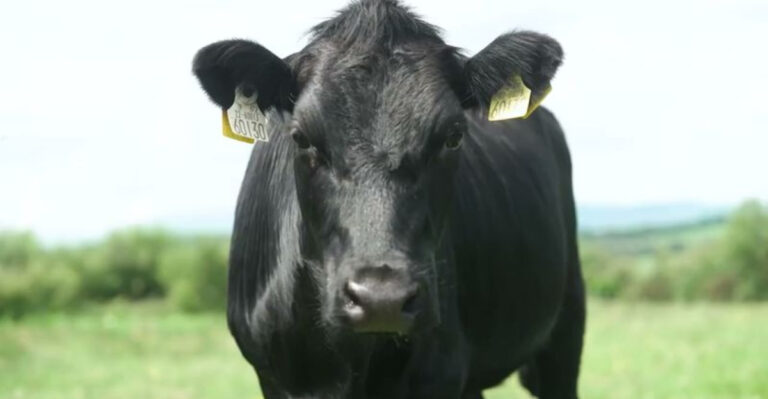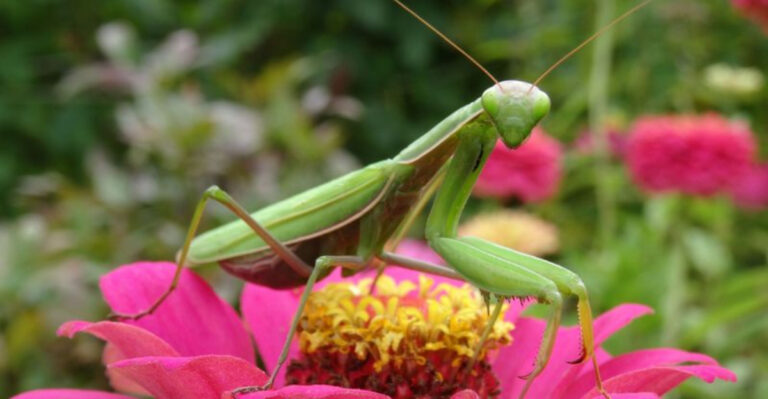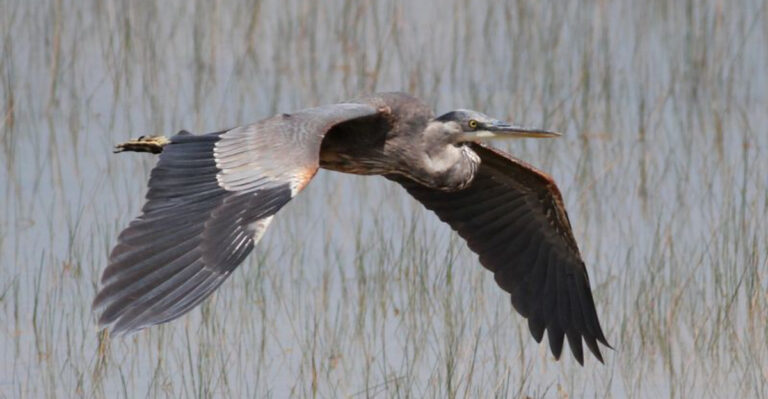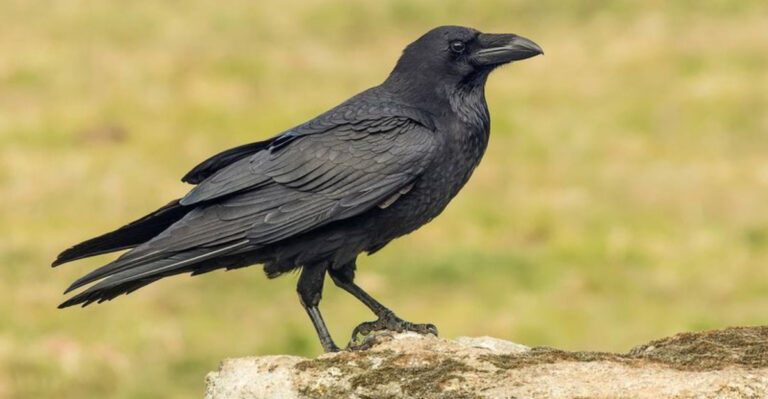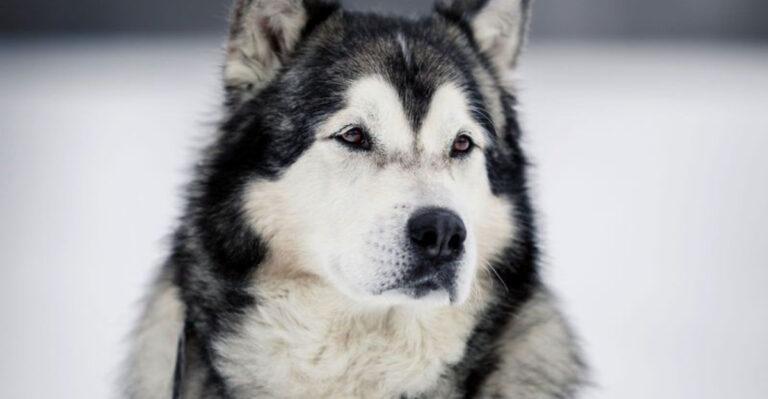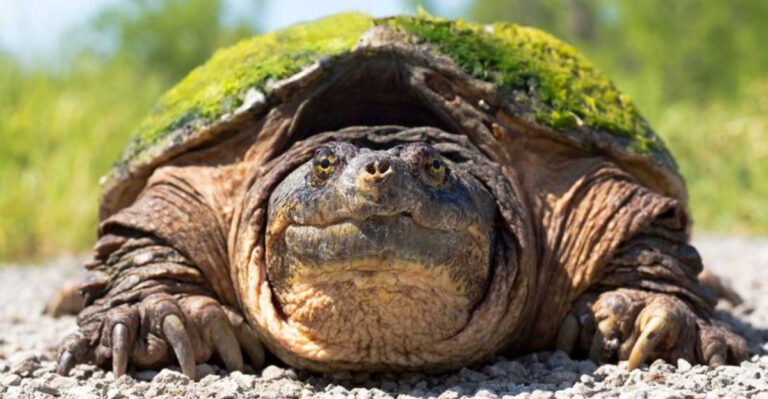15 Animals That Can Endure Long Periods Without Food
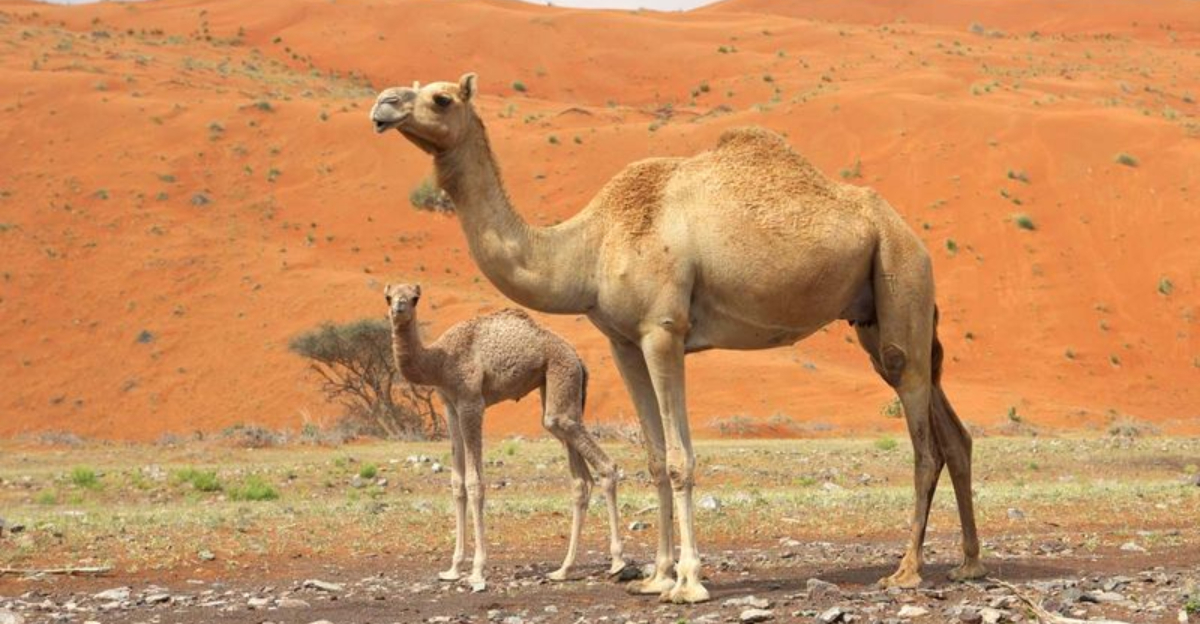
Think you can barely get through the morning without a snack? Imagine going days, weeks, or even months without a crumb!
Some animals have mastered the art of fasting, surviving extreme conditions with minimal or no food. It’s a wild ride through the animal kingdom’s most astonishing feats of endurance.
1. Emperor Penguin
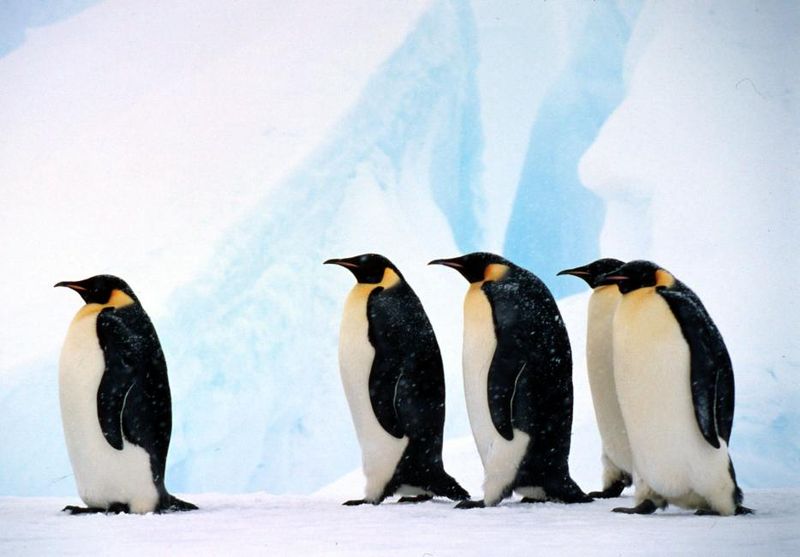
When it comes to enduring the cold and hunger, the emperor penguin reigns supreme in Antarctica. These birds can fast for up to two months while incubating their eggs.
The harsh Antarctic winter is no match for their determination. With zero food and extreme cold, they rely on their fat reserves for energy.
2. Crocodile
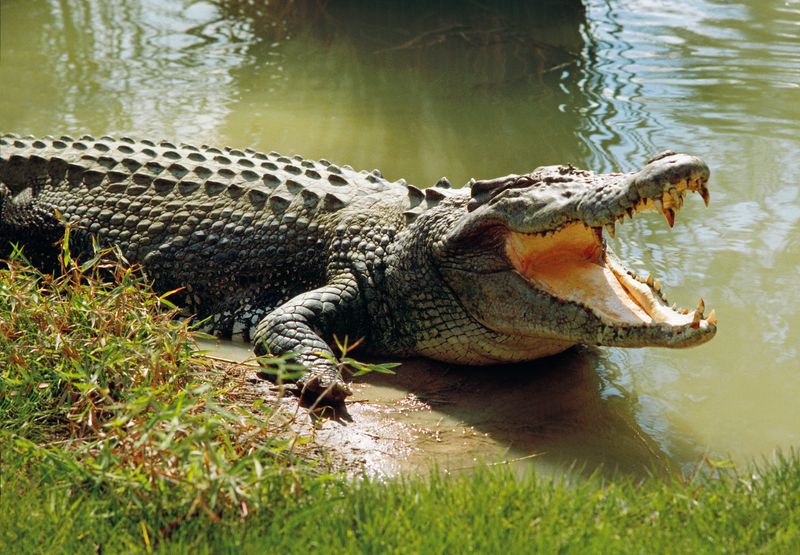
Did you know crocodiles can survive for months without a meal? These ancient reptiles can slow their metabolism to conserve energy, waiting patiently for prey.
This energy-saving mode lets them thrive in environments where food is scarce. It’s like hitting pause on their digestion, a fascinating adaptation to fluctuating food availability.
3. Great White Shark
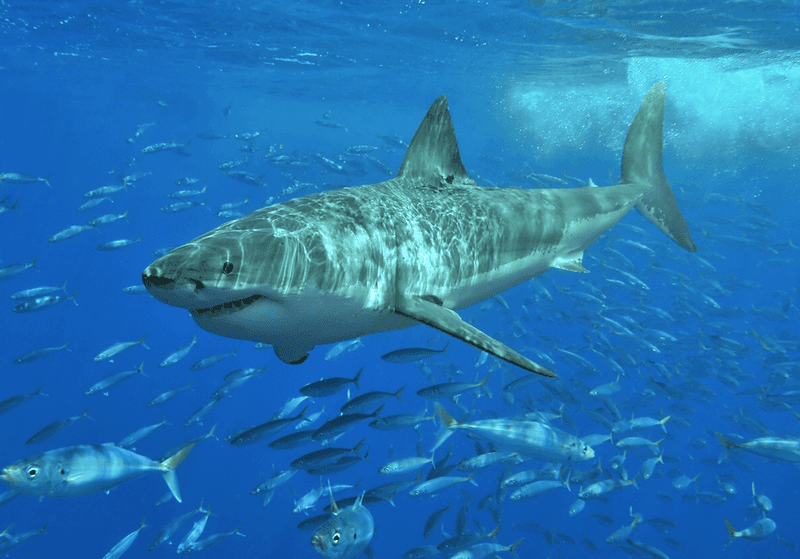
Ever thought sharks are always hunting? Think again. The great white shark can go weeks without food, relying on the fat in their liver.
This adaptation supports their impressive long-distance migrations. Their energy-efficient swimming and high-fat diet allow them to travel vast ocean stretches.
4. Hummingbird
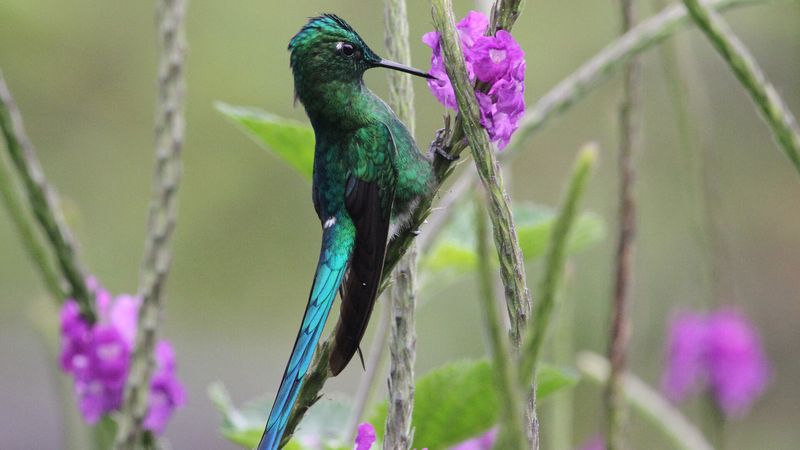
Surprised to see a hummingbird here? These tiny creatures can enter a state called torpor, conserving energy when food is scarce.
During torpor, their metabolism drops significantly, allowing them to survive without nectar for short periods. This energy trick is crucial during cold nights.
5. Polar Bear
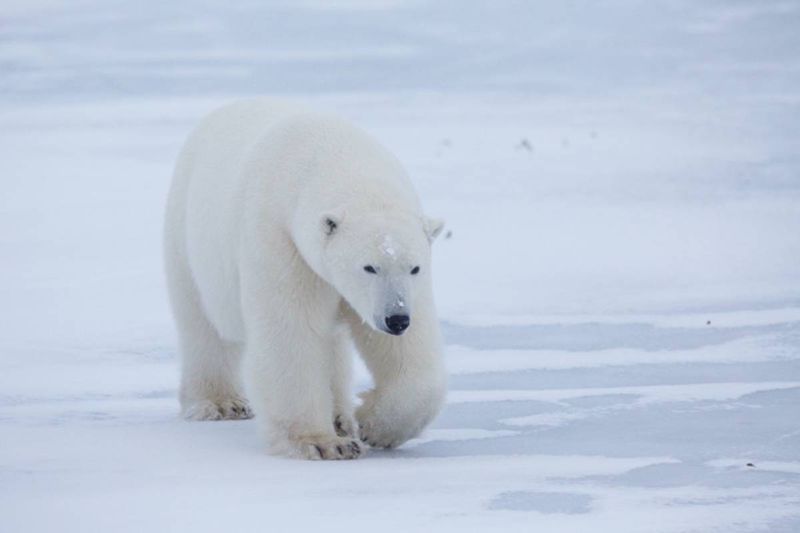
In the harsh Arctic, polar bears showcase their resilience by enduring months without eating during summer. They rely on stored fat from successful hunts.
This fasting period is a survival strategy when seals are elusive. Their thick fur and fat layers help insulate against the biting cold.
6. Snapping Turtle
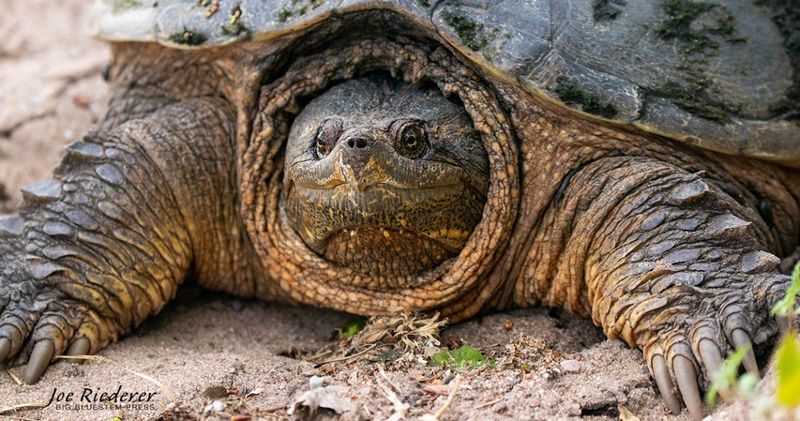
Think turtles are slow movers in every aspect? Snapping turtles can go months without a meal, thanks to their slow metabolism.
Their ability to hibernate underwater during winter months is key to their survival. They absorb oxygen through their skin, staying snug until spring.
7. Gila Monster
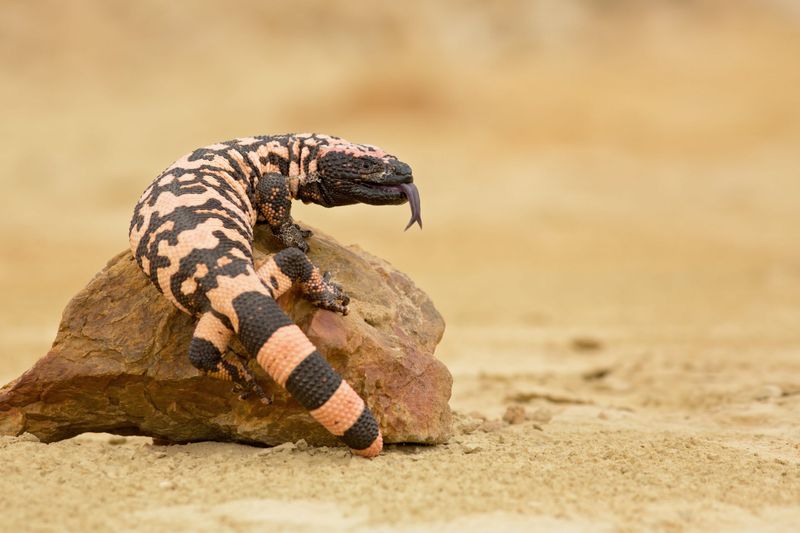
Gila monsters are masters of the desert, surviving months without eating. They store fat in their tails, a handy reserve during lean times.
Their sluggish lifestyle conserves energy, making them efficient survivors in harsh environments. It’s like having a built-in survival kit.
8. Bear
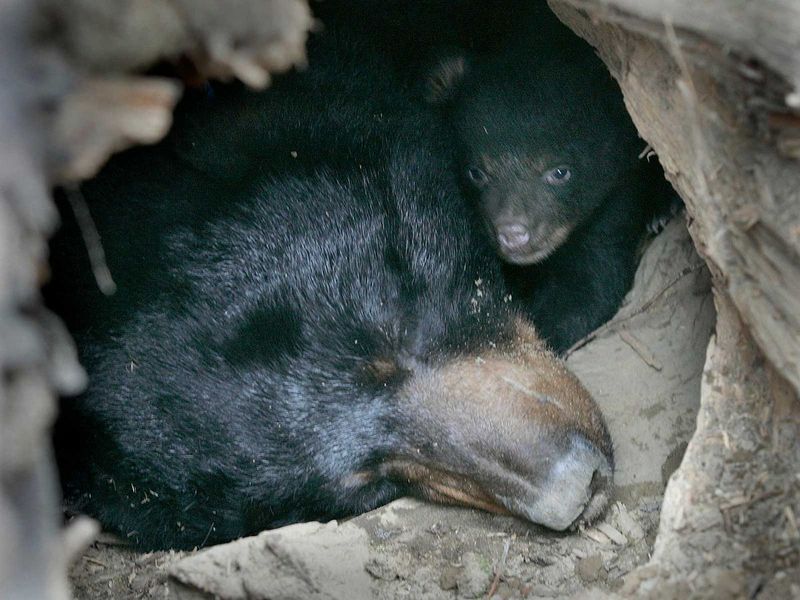
Bears are nature’s hibernators, entering a state of dormancy in winter where they don’t eat for months. Their fat stores provide the necessary energy.
This hibernation is a remarkable adaptation to seasonal food scarcity. It’s like hitting the pause button on life until spring.
9. Camel
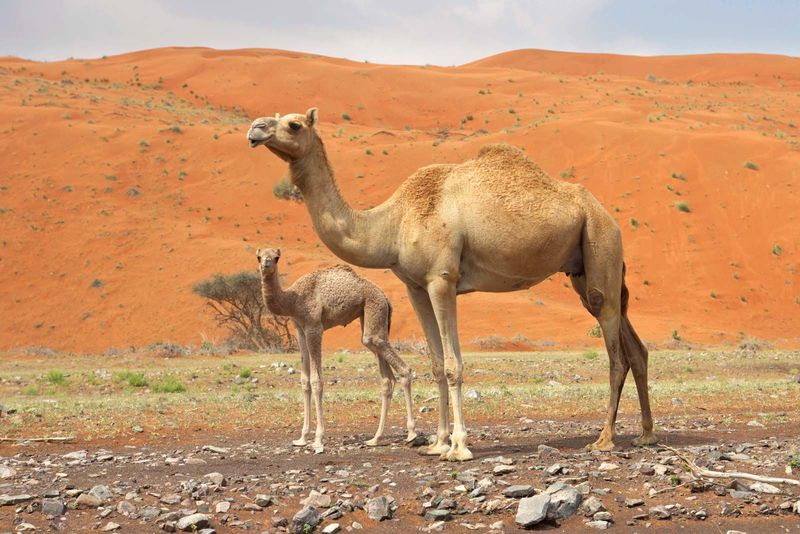
Ever wondered why camels are called the ‘ships of the desert’? Well, it’s not just about their steady gait. Camels can go weeks without food by living off the fat stored in their humps.
Their ability to endure harsh desert conditions is legendary. These humps act as built-in pantries for survival, making camels the ultimate desert nomads.
10. Koala
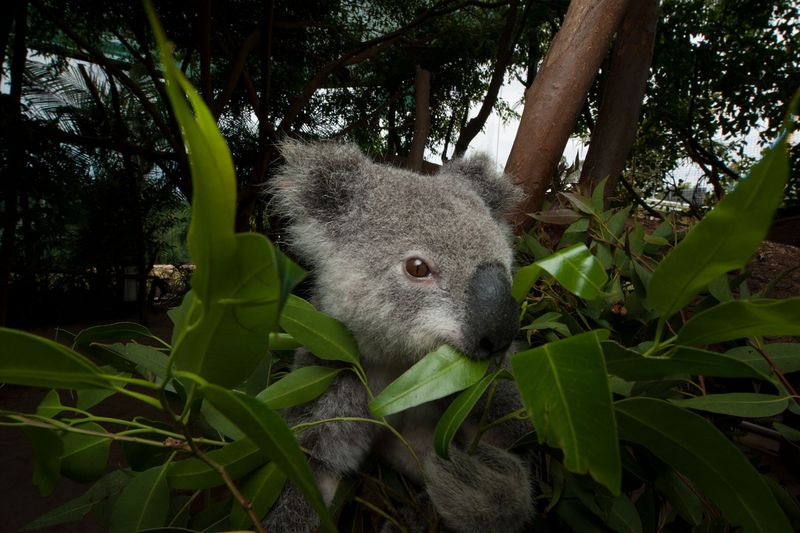
Koalas, often seen as cuddly and sleepy, can endure days without food if necessary, relying on eucalyptus leaves for sustenance.
These leaves are low in nutrients, but koalas have a slow metabolism to extract maximum energy. It’s a clever adaptation to their environment.
11. Frog
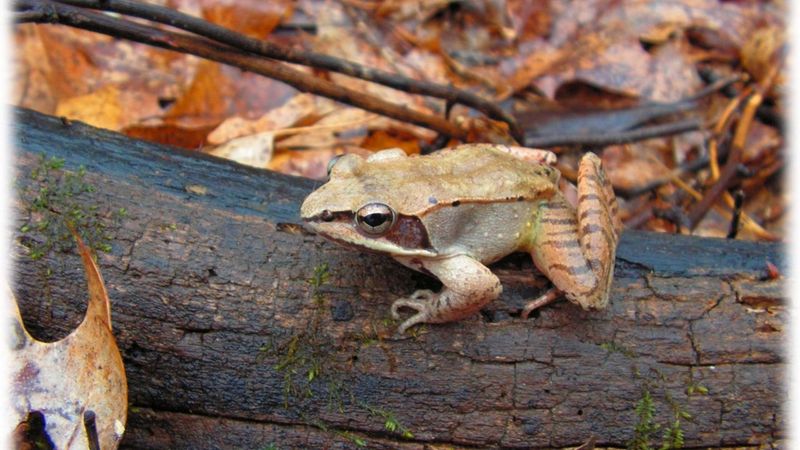
Frogs are amphibious marvels, enduring long periods without food during hibernation. They slow their metabolism, surviving on stored energy.
This adaptation allows them to thrive through harsh winters or dry spells. It’s like a waiting game until conditions improve.
12. Python
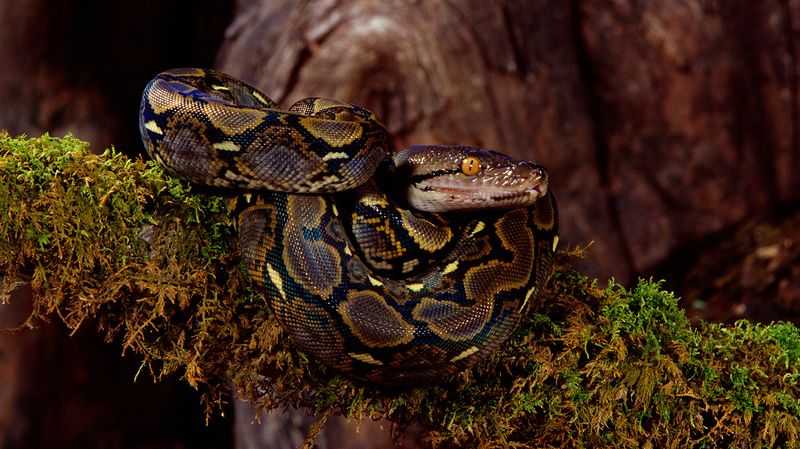
Pythons are experts in patience, feasting rarely and then going months without food. Their slow metabolism helps conserve energy.
This ability allows them to survive in environments where prey is scarce, showcasing their adaptability. It’s a wait-and-strike strategy.
13. Galápagos Tortoise
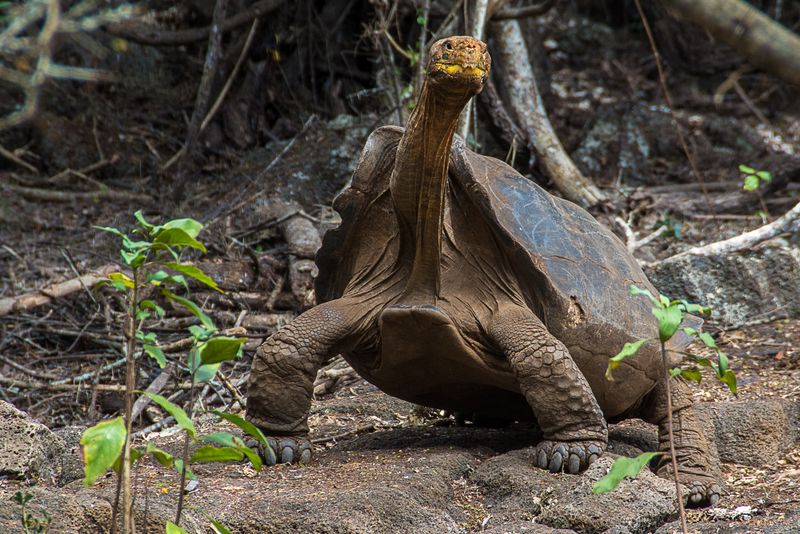
These gentle giants of the Galápagos Islands can survive up to a year without food or water. Their slow metabolism is key to this endurance.
They absorb moisture from dew and plants, making the most of their harsh island environment. It’s a lesson in resourcefulness.
14. Albatross
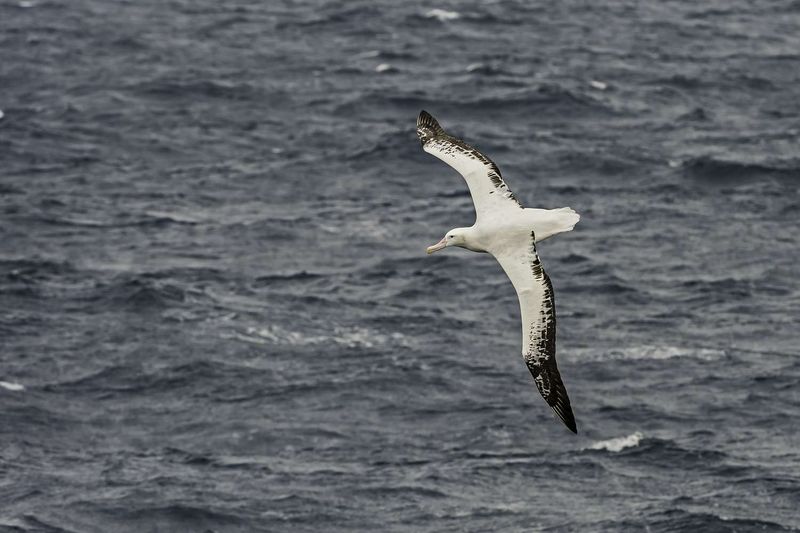
These oceanic wanderers can fly vast distances with little food. Albatrosses rely on their fat reserves and efficient flying technique.
Their long wings enable them to glide on ocean winds, conserving energy while searching for sustenance. It’s a masterclass in aerial endurance.
15. Coyote
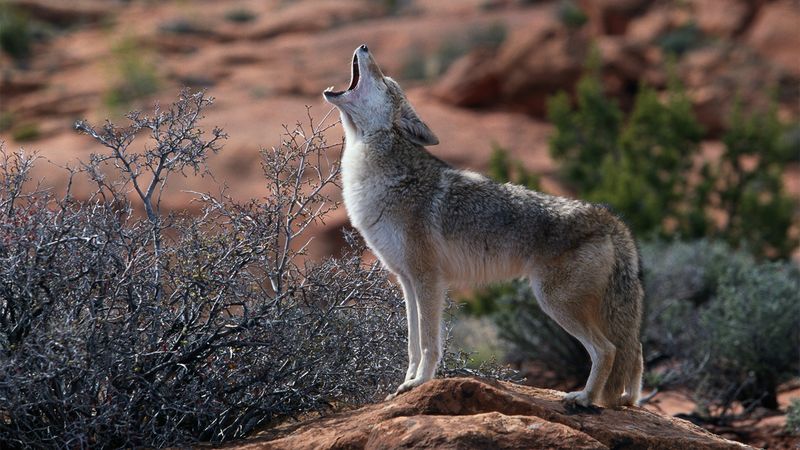
Coyotes are adaptable survivors, managing food scarcity with ease. They can go days without eating by slowing their metabolism.
Their opportunistic nature and wide-ranging diet allow them to thrive in diverse environments. It’s a testament to their resilience.

